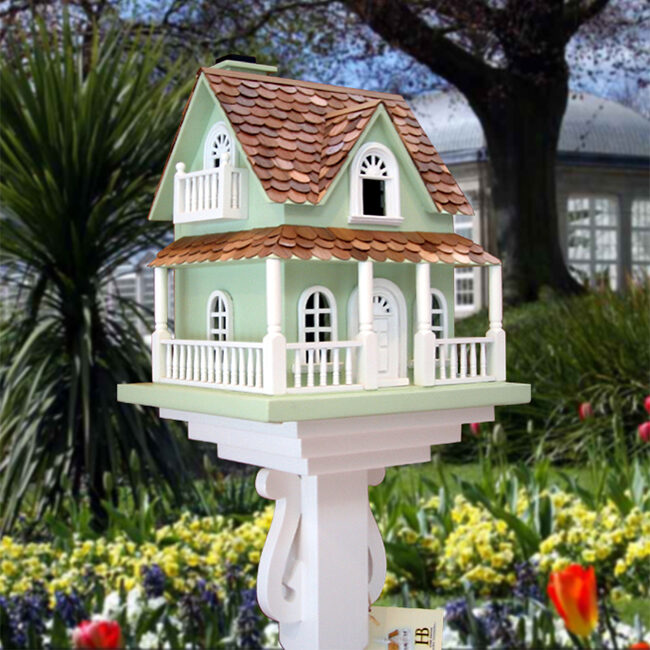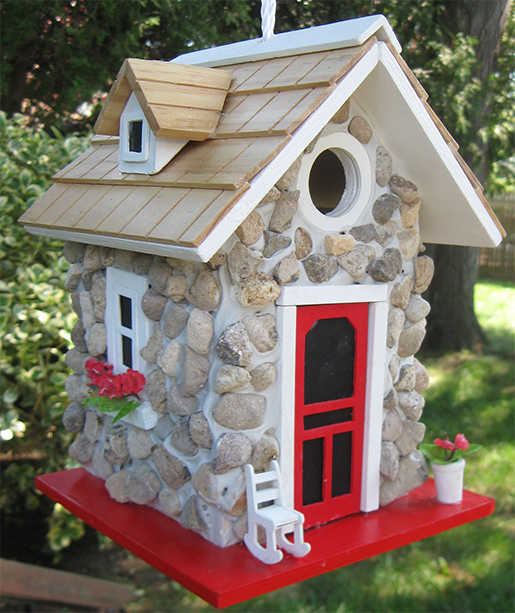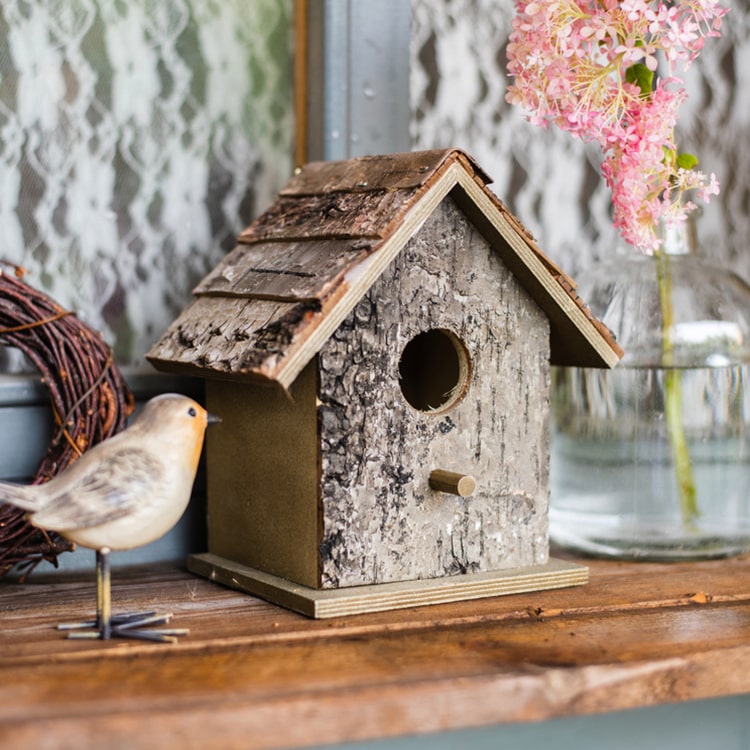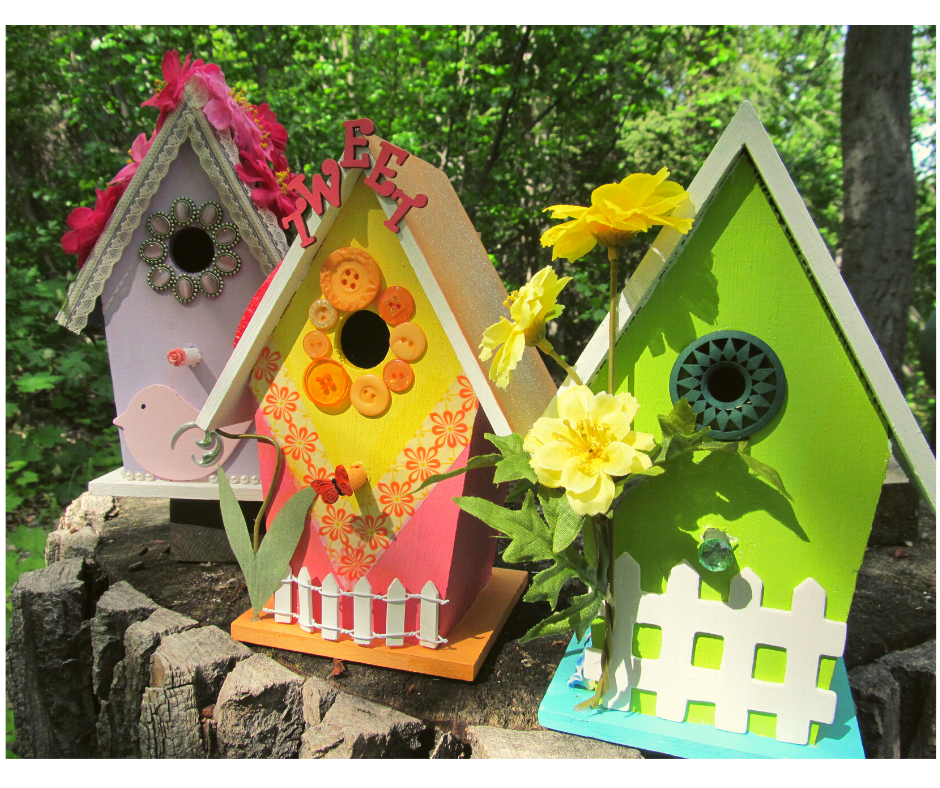Welcome to the enchanting world of decorative bird houses! As someone who has spent countless afternoons watching feathered friends flit about my backyard, I’ve come to appreciate not just the birds themselves but also the delightful homes we can create for them. In this extensive guide, we’ll explore everything from the types of bird houses available to tips for attracting birds to your yard. Let’s dive in!
The Benefits of Decorative Bird Houses
Before we get into designs and materials, it’s important to understand why a decorative bird house can be a valuable addition to your garden.
Enhancing Aesthetic Appeal
Decorative bird houses add charm and personality to your outdoor space. With various designs available, you can find one that complements your garden’s style.
Encouraging Wildlife
Providing a safe haven for birds encourages biodiversity in your garden. Bird houses can attract species that help with pest control and pollination.
Family Engagement
Setting up a bird house can be a wonderful family project. It’s educational for children and can foster a deeper appreciation for nature.
Types of Decorative Bird Houses
When it comes to decorative bird houses, the options are as endless as your creativity. Here’s a breakdown of the most popular types.
1. Traditional Bird Houses
Traditional bird houses are typically made of wood and are designed to accommodate various species like bluebirds and wrens.
2. Modern Bird Houses
Modern designs often incorporate sleek lines and vibrant colors, featuring materials like metal and plastic for a contemporary flair.
3. Themed Bird Houses
Themed bird houses can reflect a specific cultural or whimsical concept, such as castles, cottages, or even quirky shapes like food items!

Popular Themes
- Fairy Tale Castles
- Farmhouses
- Modern Geometric Designs
4. DIY Bird Houses
Building your own bird house can be a rewarding experience. You can customize it to suit your garden aesthetics and the specific birds you want to attract.
Materials Matter: What to Choose for Your Bird House
Choosing the right material for your decorative bird house is crucial, not just for aesthetics but for the well-being of your feathered inhabitants. Here’s a comparison table of common materials:
| Material | Pros | Cons |
|---|---|---|
| Wood | Natural insulation, aesthetically pleasing | Can rot if not treated |
| Metal | Durable, weather-resistant | Can heat up quickly in summer |
| Plastic | Lightweight, easy to clean | Less natural appearance |

How to Attract Birds to Your Decorative Bird House
Now that you’ve chosen your bird house, how do you ensure that birds take up residence? Here are some essential tips:
Location, Location, Location
Place your bird house in a sheltered area, preferably near trees or shrubs that provide cover from predators.

Provide Food and Water
Bird feeders and bird baths can attract birds to your yard, encouraging them to explore your bird house.
Keep it Clean
Regularly clean out old nests and debris to make your bird house inviting for new tenants.

Pros and Cons of Decorative Bird Houses
Before diving into the decorative bird house market, let’s weigh the pros and cons.
Pros
- Aesthetic enhancement for your garden
- Supports local wildlife
- Engaging family activity
- Encourages biodiversity

Cons
- Maintenance required
- Potentially attracts pests
- Initial cost of purchasing or building
Creative Design Ideas for Your Bird House
Let’s unleash your creativity! Here are some unique design ideas to inspire you:

1. Colorful Paint Schemes
Use non-toxic paints to add a splash of color to your bird houses. Bright colors are often more attractive to birds.
2. Add a Garden
Incorporate a small planter box on the side of your bird house to grow flowers that attract birds.
3. Use Recycled Materials
Crafting bird houses from recycled materials not only saves costs but also adds character and promotes sustainability.
Frequently Asked Questions
What is the best material for a bird house?
Wood is often considered the best material due to its natural insulation properties. However, metal and plastic options can be effective as well, depending on your needs.
How high off the ground should a bird house be placed?
A general rule of thumb is to place the bird house 5-10 feet off the ground, depending on the species you want to attract.
Can I use a bird house in winter?
Yes! Many birds look for shelter during the winter months, so a well-placed bird house can provide crucial protection from the elements.
How do I clean my bird house?
Use mild soap and water to clean the inside of the bird house. It’s best to do this in the fall after nesting season is over.
Conclusion
Decorative bird houses are not just functional but can be a wonderful expression of your creativity and love for nature. By selecting the right design, materials, and location, you can create a charming home for birds that enhances your garden while providing them a safe haven. I encourage you to take this journey—it’s rewarding, and you just might find yourself falling in love with your feathered friends all over again!